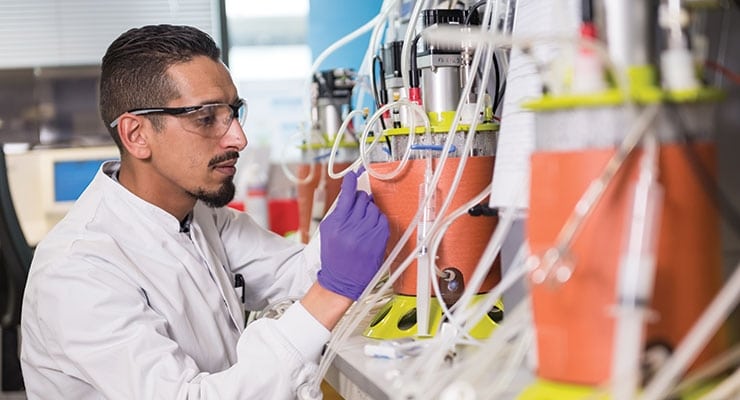While a variety of topics were covered during the Biotech Start-Up Symposium in April, a recurring theme was the importance of raising venture capital to fund new technology research and development.
In her presentation, Therese Maria Liechtenstein from M Ventures reviewed how successful startup companies raise venture capital. She outlined the steps involved in fund-raising, which included:
- understanding the conditions of the financing environment,
- researching the sources of available capital (both local and international),
- knowing the stage of development and cash needs of your business,
- building a network through fund-raising,
- matching the needs of your business with the interest of investors, and, finally,
- evaluating your options and concluding the process.
She then covered what they look at when evaluating whether to invest in research and development. Criteria include looking for investments that represent breakthrough science and technology, the ability to generate venture returns on a risk-adjusted basis, strong syndicates with the ability to eliminate refinancing risks while providing a value-add, and ventures that are using the right tools to maintain and defend the high product and market value of their invention/innovation.
What makes for an attractive opportunity for investors?
Companies seeking venture capital should be able to show why they are the best solution to a known problem, and they need the data to back up their story. In a strong, to-the-point plan, she recommends that companies present the market need and their concept for how to address it, complete with in-house data, competitive positioning, a development plan, a well-assembled team, and how any awarded proceeds will be put to use.
Liechtenstein recommends the strategy to,
“Think big, but also target the right investor with the right idea!”
In his presentation later that same day, Jonathan Dempsey echoed Liechtenstein’s emphasis on raising capital, stating that “cost is key,” and acknowledging that while very early-stage companies are often challenged by cost, it is still important to balance speed and risk with cost. Although early stages of the process can be expensive, this isn’t the place to cut corners, he said. He recommended doing the early research steps to the “best of your ability,” and stressed that cutting too much cost can lower standards and be detrimental to the success of a project in the long run.
“Raise the money you need to do what you need to do to the highest quality and the highest standard,” Jonathan Dempsey encouraged.
Dempsey also pointed out that the process can be long, and that this is not a quick undertaking. To reduce timelines and accelerate clinical trials, he offered the following tips:
- finalize your molecule as early as possible,
- produce representative materials as early as possible,
- build early reference standards, and
- continuously review and assess supporting data to enhance success in the clinic.
In concluding, he said, “finalize your molecule as soon as possible…it’s tempting to have a variety but it’s key to finalize” and focus your efforts and attention.
Throughout the remainder of the presentations at the symposium, raising venture capital continued to be a recurring theme. Without funding, research and development can be met with seemingly impossible challenges. But funding is available, and with the right approach and determination, it can be secured.











